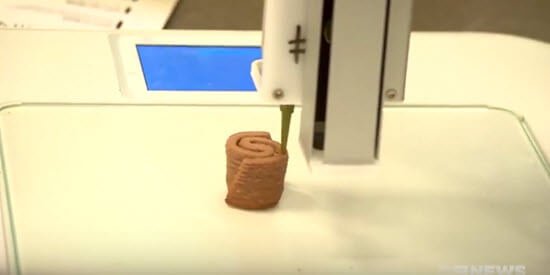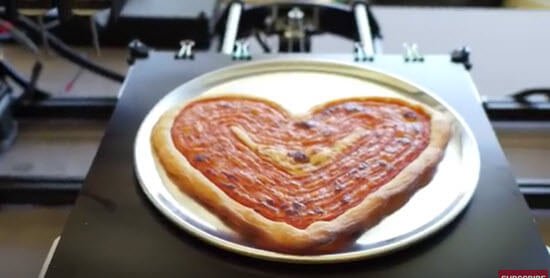It’s Time to Meet the Future of Meat
Real, Cultured, or Printed? Nowadays we’re accomplishing miracles in the laboratory. It started, of course, with successful cloning, but we’ve moved on to teasing immature stem cells into making all sorts of tissues, such as skin for burn victims, miniature versions of human organs (called organoids) to learn to treat disease, and actual functional organs for lab animals that fulfill the function of a natural organ. More interesting is something that was accomplished back in early 2015. Scientists at Massachusetts General Hospital grew a complete rat forelimb in a petri dish . Fingers/claws, skin, bones, nerves, blood vessels, and muscles all in the right place and functional. In theory, it could be attached to a subject and tested to see if nerve and blood vessels connections were reliable, and if the bones and connective tissue were durable. There is no reason that they shouldn’t be. Meat in a Lab Muscles, of course, are also referred to as meat, and would be fairly undifferentiated from a naturally occurring meat in texture or flavor. What would be the primary difference about meat made in a sterile laboratory? No animals would be slaughtered; there would be no parasites; there would be no fecal contamination; and, most importantly, there would be no antibiotics or growth hormones necessary. There would be no vast tracts of land necessary, dedicated for the use of our current herds of animals. There would be no concurrent crops necessary to feed all these animals as they grew to a size appropriate for the abattoir, and then the local meat market. There would be no need of veterinarian care for herds to treat diseases. It would eliminate animal suffering,because meat would not be sourced from animals at all. In other words, by just about every popular definition, it would be completely Vegan meat. Of course there are always doubters; those who think meat is bad and artificial meat would be inadequate for some other reason. It’s very much like people that protest Genetically Modified Organism (GMO) foods—it makes no sense–since everything in our diet is a GMO. There is virtually nothing in our diet that has not been changed. Franken-Food Everybody loves corn for instance, but 8,700 years ago in Mexico it was known as teosinte, with just a few grains per stalk that would have easily fit on top of a 25¢ coin. We crossbred many teosinte with more grains than other plants, and eventually came up with the “cob” that was dense with grain. Yet no [...]










